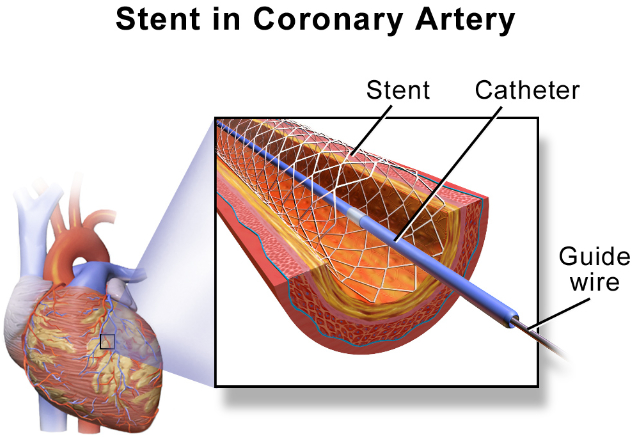Here’s one of those tales that defy belief – but which also comes with a happy ending. In treating a heart attack patient at Timmins and District Hospital (TADH) in Canada, emergency doctor Chris Loreto discovered his own heart was in danger.
Having experienced repeated bouts of pain in the preceding months, often linked to exercise, Loreto had decided they were caused by acid reflux. However, the meds he was taking weren’t making a difference.
The discomfort peaked on November 12 during a hockey game, lingering around the doctor’s shoulders. Again he shrugged off the pain, and went to work the next morning, a shift that involved helping to save the life of a man undergoing a massive heart attack.
In speaking to the patient’s wife, Loreto recognized a lot of the same symptoms. The man he had treated was also on medication for acid reflux – and that’s when the penny dropped. These were actually two very similar heart attack cases.
“His story was my story,” says Loreto.
Blood tests and an electrocardiogram confirmed the doctor’s heart attack. Loreto has been on medical leave ever since, entering a rehab program which includes the insertion of tubes called stents inside his arteries to ensure proper blood flow.

Timmins and District Hospital has publicized the incident to mark Heart Month 2025, raising awareness of cardiovascular health. Cardiovascular disease remains the leading cause of death globally, taking close to 18 million lives each year.
Heart attacks – or myocardial infarctions – happen when blood flow is impaired and oxygen can’t reach the heart. This destroys heart muscle cells, which can cause permanent damage and even death.
A sedentary lifestyle, a poor diet, smoking, and drinking can all raise heart attack risk. Genetics and environmental factors like air pollution can also play a critical role in increasing chances of heart problems. Loreto’s father also had a heart attack at around the same age, for example.
Scientists are continuing to investigate ways in which heart attacks might be prevented and ways in which the heart could be healed after an incident. They’ve even found patterns in the days most heart attacks tend to occur.
Loreto credits regular exercise with strengthening his heart enough to avoid a worse outcome. Heart attacks can often come on suddenly, without any prior warnings – they don’t always follow periods of chest or shoulder pain, but it’s important to pay attention to possible warning signs (including nausea and shortness of breath).
That’s something Loreto says he didn’t do: after three decades in the emergency room at TADH, he admits not taking his own health as seriously as that of his patients, and having a feeling of being ‘bulletproof’.
“We’re wonderful at taking care of others and stink at taking care of ourselves,” says Loreto.





